What to do with rotting wood? Cool ideas for woodland area?
homersgarden
16 years ago
Featured Answer
Comments (10)
Demeter
16 years agoRelated Professionals
Mitchellville Landscape Architects & Landscape Designers · Hartford Landscape Contractors · Bridgeport Landscape Contractors · Framingham Landscape Contractors · Harvey Landscape Contractors · Indio Landscape Contractors · Selma Landscape Contractors · Ferguson Landscape Contractors · Arroyo Grande Fence Contractors · Santa Clarita Fence Contractors · Silver Spring Fence Contractors · Bronx Siding & Exteriors · Camp Springs Siding & Exteriors · New Britain Siding & Exteriors · St. Louis Siding & Exteriorsmaifleur01
16 years agofatamorgana2121
16 years agowaplummer
16 years agovegangirl
16 years agojel48
16 years agobob64
16 years agoterrene
16 years agoladyslppr
16 years ago
Related Stories
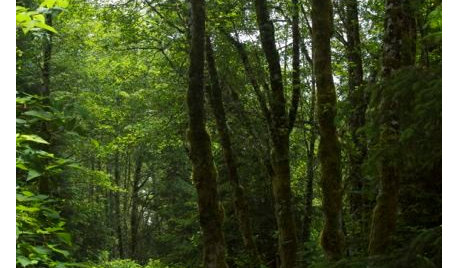
LANDSCAPE DESIGNLet Nature Inspire Your Landscape: Ideas for a Woodland Garden
Fill your senses with the magic of a wild forest-inspired garden — from shady understory plants to towering treetops
Full Story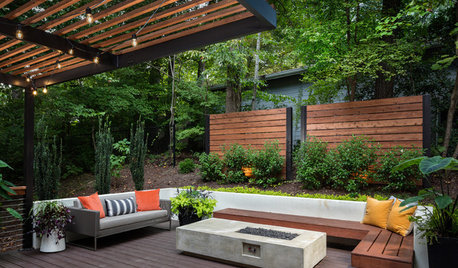
GARDENING AND LANDSCAPING8 Rot-Resistant Woods for Your Outdoor Projects
No need for chemical treatments on your deck or pergola. These woods stand up to weather, insects and time beautifully on their own
Full Story
BATHROOM DESIGN18 Knockout Ideas for Wooden Floor Showers
Look to an often-forgotten material choice for shower floors that radiate beauty in almost any style bathroom
Full Story
TILETop Tile Trends From the Coverings 2013 Show — the Wood Look
Get the beauty of wood while waving off potential splinters, rotting and long searches, thanks to eye-fooling ceramic and porcelain tiles
Full Story
FENCES AND GATESHow to Install a Wood Fence
Gain privacy and separate areas with one of the most economical fencing choices: stained, painted or untreated wood
Full Story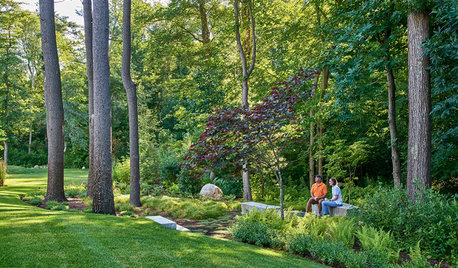
LANDSCAPE DESIGNBackyard of the Week: Woodland Garden With Scandinavian Roots
A Boston landscape designer found on Houzz weaves in beautiful textures and layers of green to create an elegant space
Full Story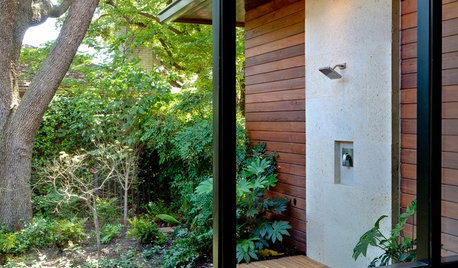
OUTDOOR ACCESSORIES12 Refreshing Ideas for Outdoor Showers
See the many ways you can build in a great-looking bathing area outside
Full Story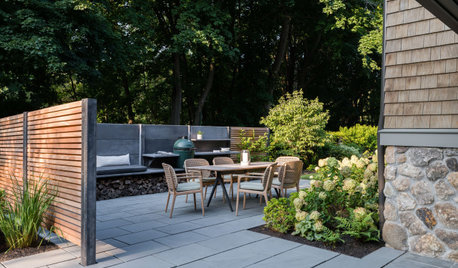
PATIOSStylish Side Yard Dining Area With a Grilling Station
A slatted ipe fence, custom concrete shelves and blue stone pavers are among the highlights of this Massachusetts patio
Full Story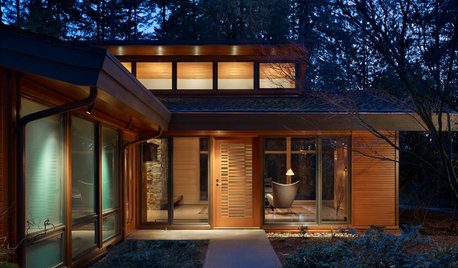
HOUZZ TOURSHouzz Tour: Transparency Guides a Woodland Home
A midcentury gem's renovation brings in the light and the woods while respecting the original architecture
Full Story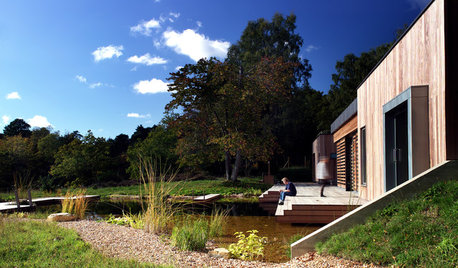
MODERN HOMESHouzz Tour: Nature and Efficiency Inspire a Woodland Home
This English design plays up simplicity, natural light and its spectacular forest setting
Full Story






yardmom